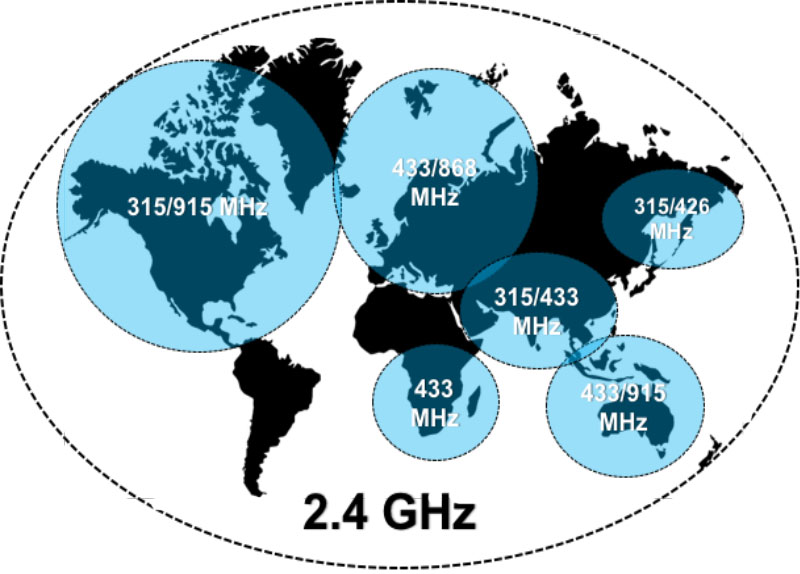IoT Battery Life
It may not be the lead-off topic you’re looking for as you make that big impression on your next date, but what IoT battery life lacks in flash, it makes up for in utility and consequence. Device power consumption warrants tremendous consideration when designing and deploying IoT/M2M solutions. This is most salient to consumers when they need to make an important phone call, only to have their battery die in mid-sentence. This exact scenario could happen to devices where battery life wasn’t properly considered or understood.
 For many years it has been more than acceptable to live within the limitations of consumer-grade battery life that offers comparable longevity to last night’s dinner. We are trained to fit the routine of plugging a cell phone into the wall on a daily basis. Likewise, we’ve been trained to think that as we develop M2M and IoT solutions that we must live within the same boundaries that restrict us as humans (i.e. cell phones, tablets, laptops). Those boundaries include depth and range of coverage, cost, and, of course, power consumption. The truth is that the wireless technologies that enrich our lives on one hand as humans are being used on the other hand as a retrofit to support a immense convoy of several billion machines that require an entirely different set of priorities and characteristics. Here are just a few considerations:
For many years it has been more than acceptable to live within the limitations of consumer-grade battery life that offers comparable longevity to last night’s dinner. We are trained to fit the routine of plugging a cell phone into the wall on a daily basis. Likewise, we’ve been trained to think that as we develop M2M and IoT solutions that we must live within the same boundaries that restrict us as humans (i.e. cell phones, tablets, laptops). Those boundaries include depth and range of coverage, cost, and, of course, power consumption. The truth is that the wireless technologies that enrich our lives on one hand as humans are being used on the other hand as a retrofit to support a immense convoy of several billion machines that require an entirely different set of priorities and characteristics. Here are just a few considerations:
- Frequency: Think for a minute about how many times in a day that you check your phone – you may have already checked it once or twice since you began reading this post. We consume data in a way that is frequent, requires large data packets, and is expected to be instant. During the intervals of quiet (when no data is being transmitted) these devices can go into a sort of hibernation that allows for immense power savings.
- Packet size: The Internet of Things, by contrast, is made up of all kinds of devices, sensors and machines that in most cases are sending significantly smaller pieces of data with far less frequency. Machines don’t have to be cordial and listen to your Aunt Susan’s rant about the local politicians, or download all of the imagery that is sent along with your other messages – it cuts directly to the point, as succinctly as possible.
- Data transmission protocols: These can vary greatly from human/consumer-based protocols. From UDP to TCP to a RESTful-based approach, machine communication protocols can greatly impact the power requirements of a device.
This is really just the beginning of the variables that impact the design and deployment of IoT solutions, related to power consumption. As such, devices with a minimum of 10-year battery life will quickly become the standard for Machine-to-Machine (M2M) communications. Download our white paper on battery life to find out what other secrets you can unlock to harness the battery power of IoT devices.


 Apple tried to crash the party (sort of). The event had a solid kick-off from…San Francisco? Apple made news revealing their
Apple tried to crash the party (sort of). The event had a solid kick-off from…San Francisco? Apple made news revealing their 
